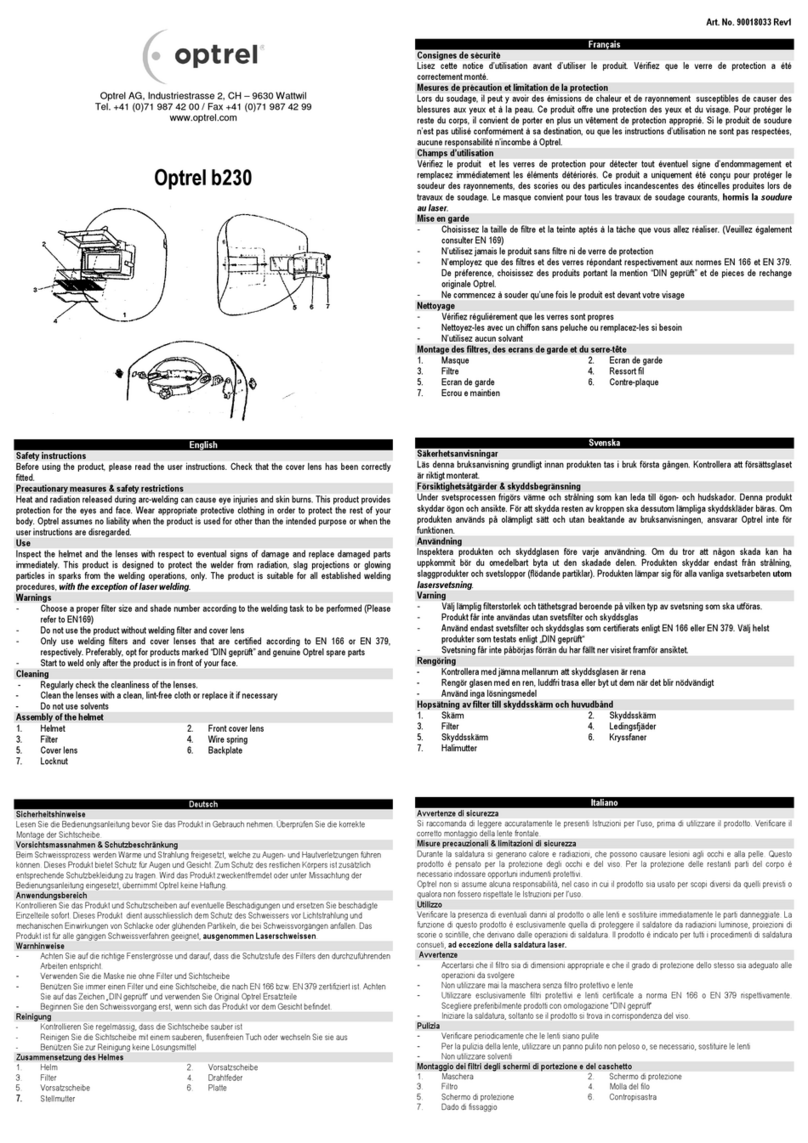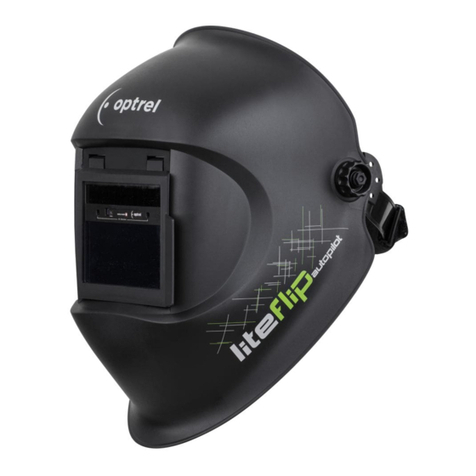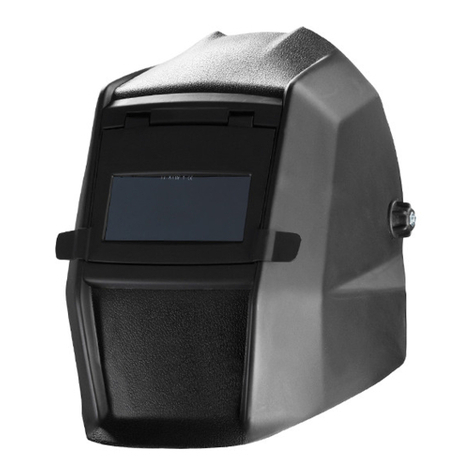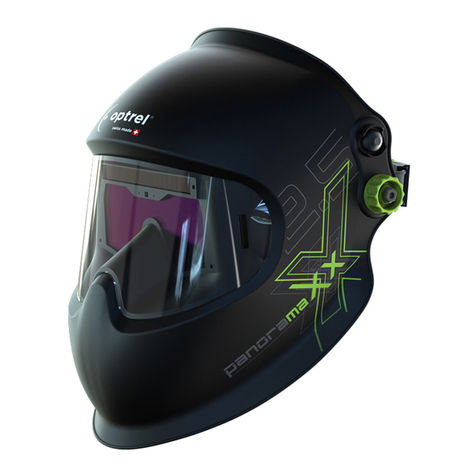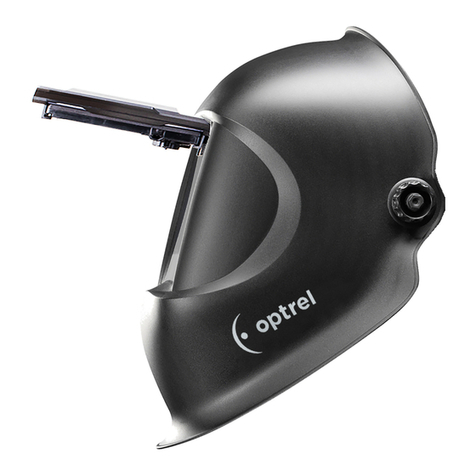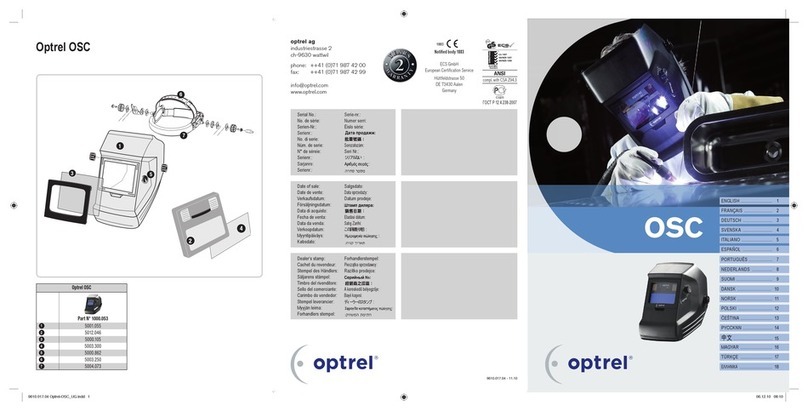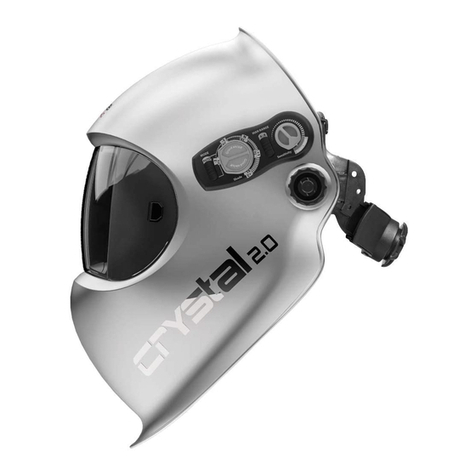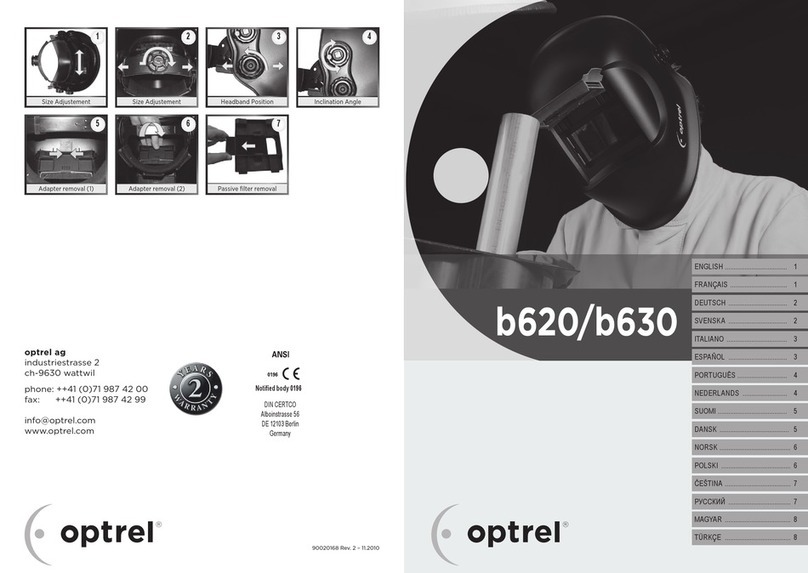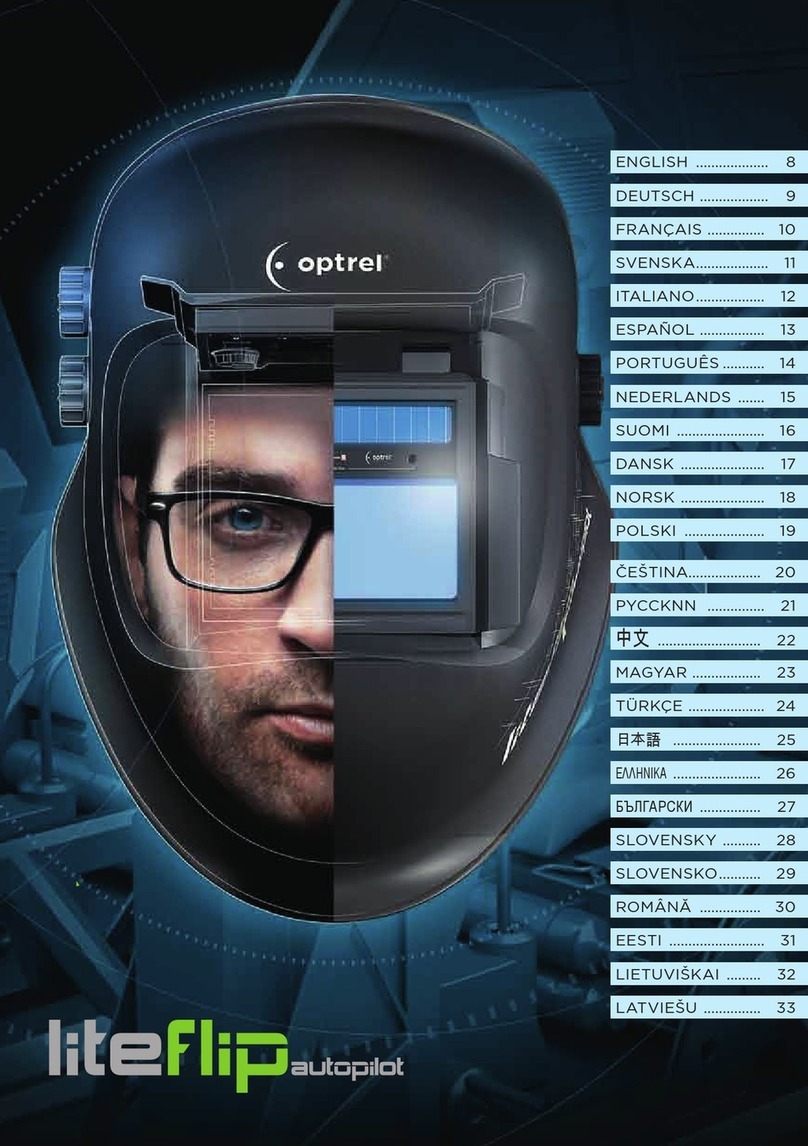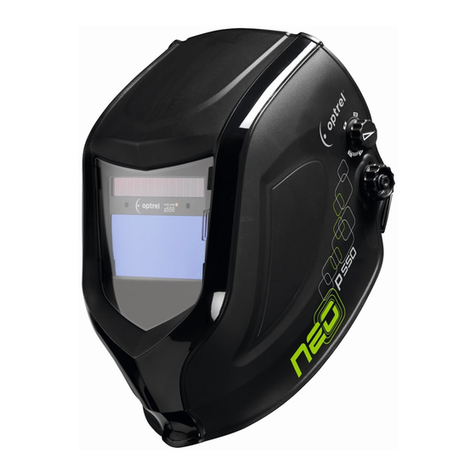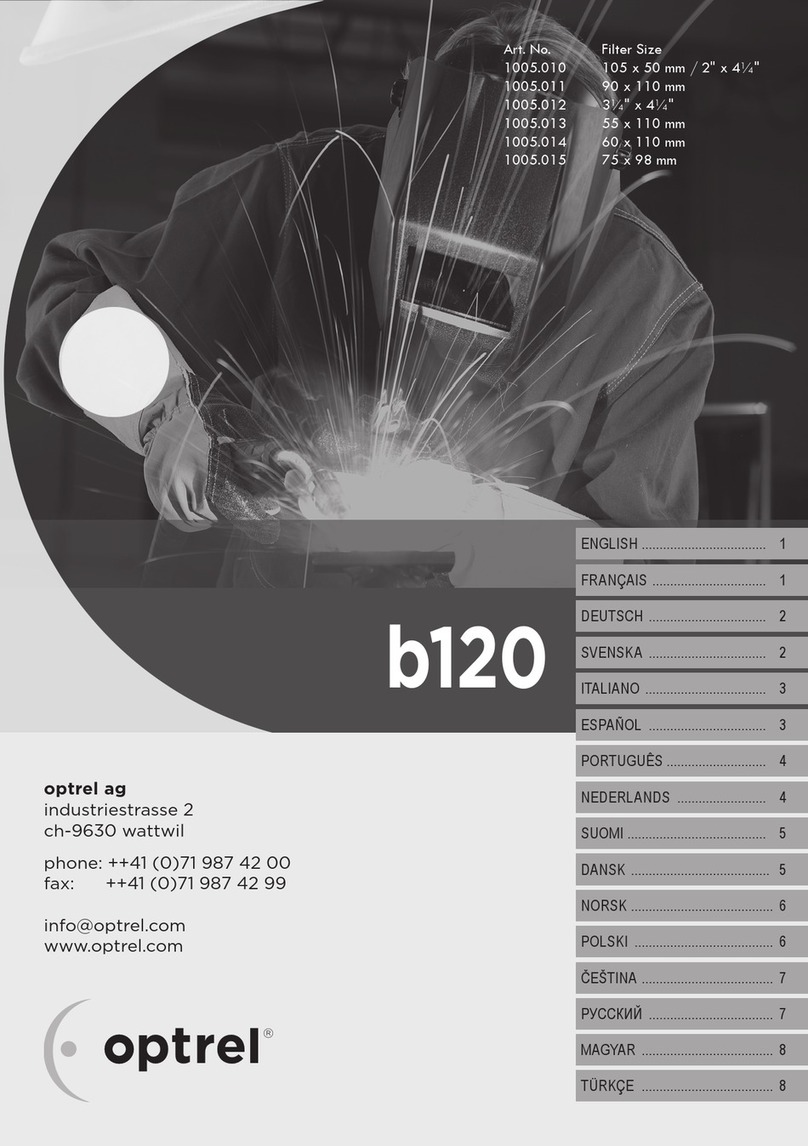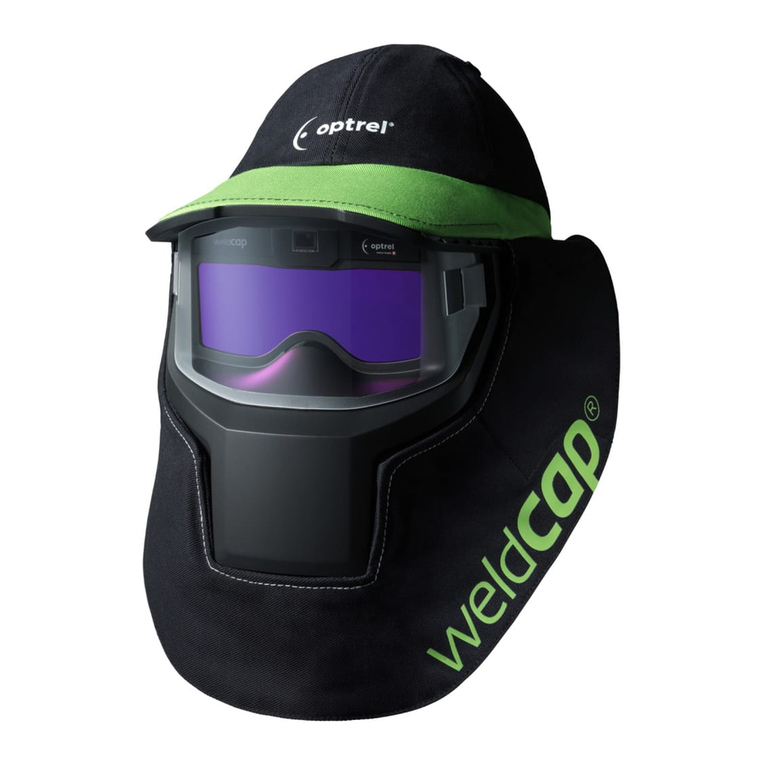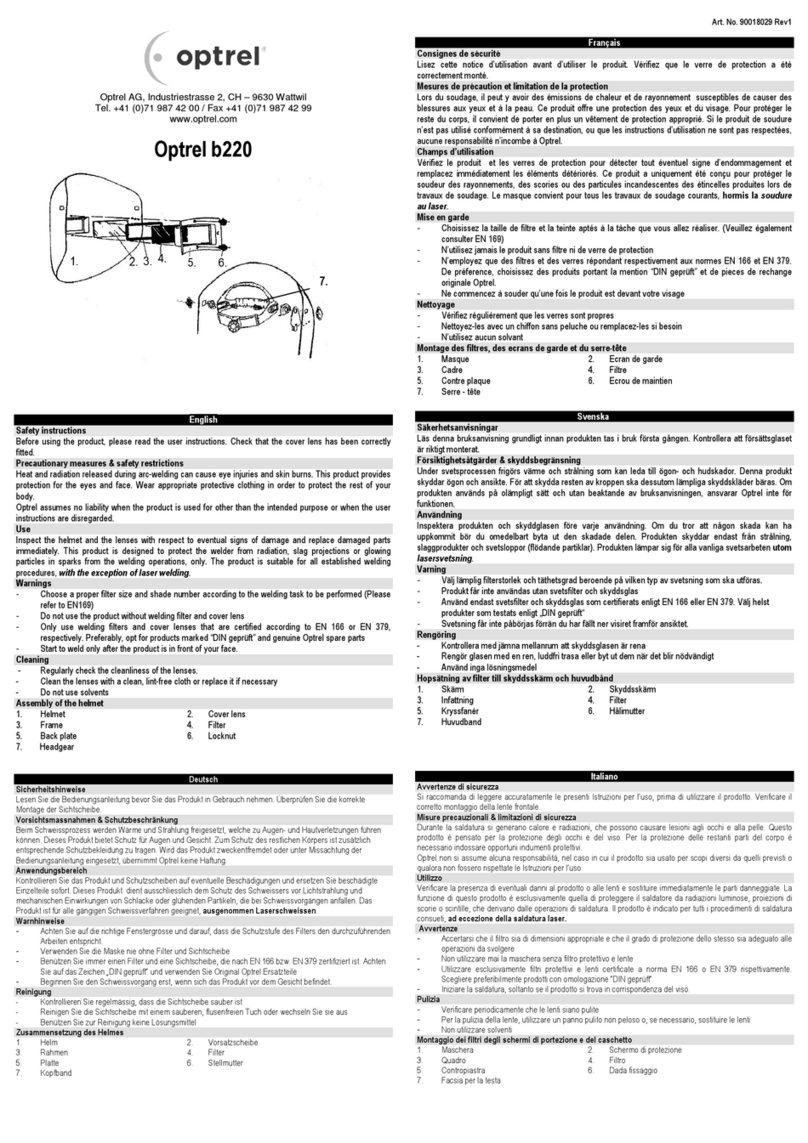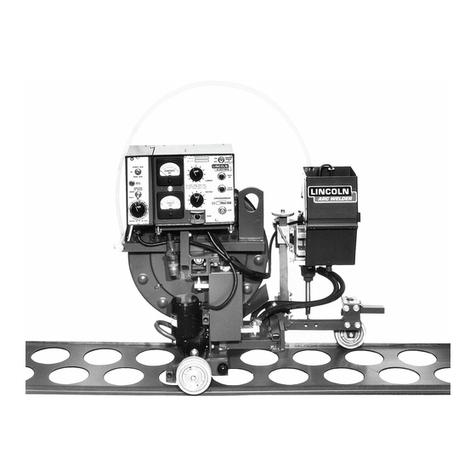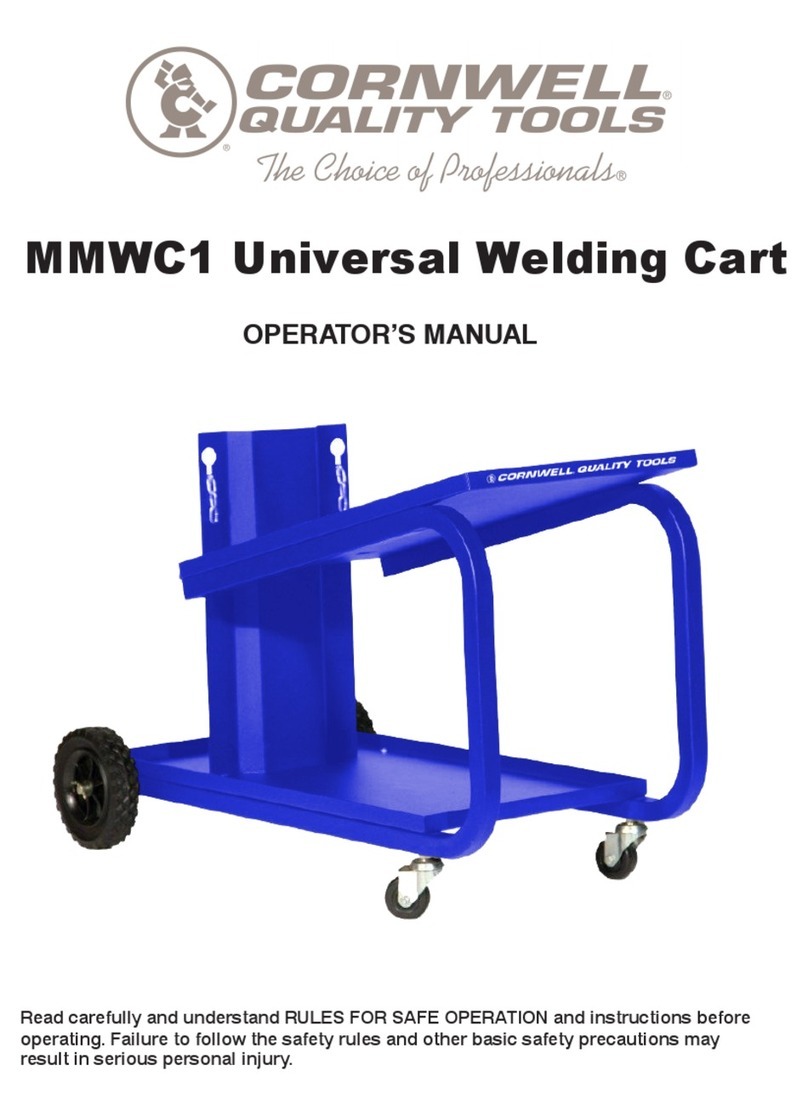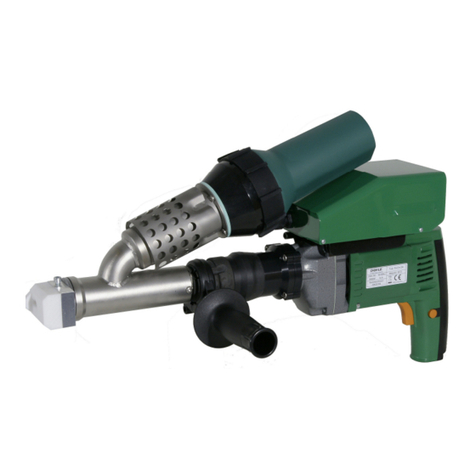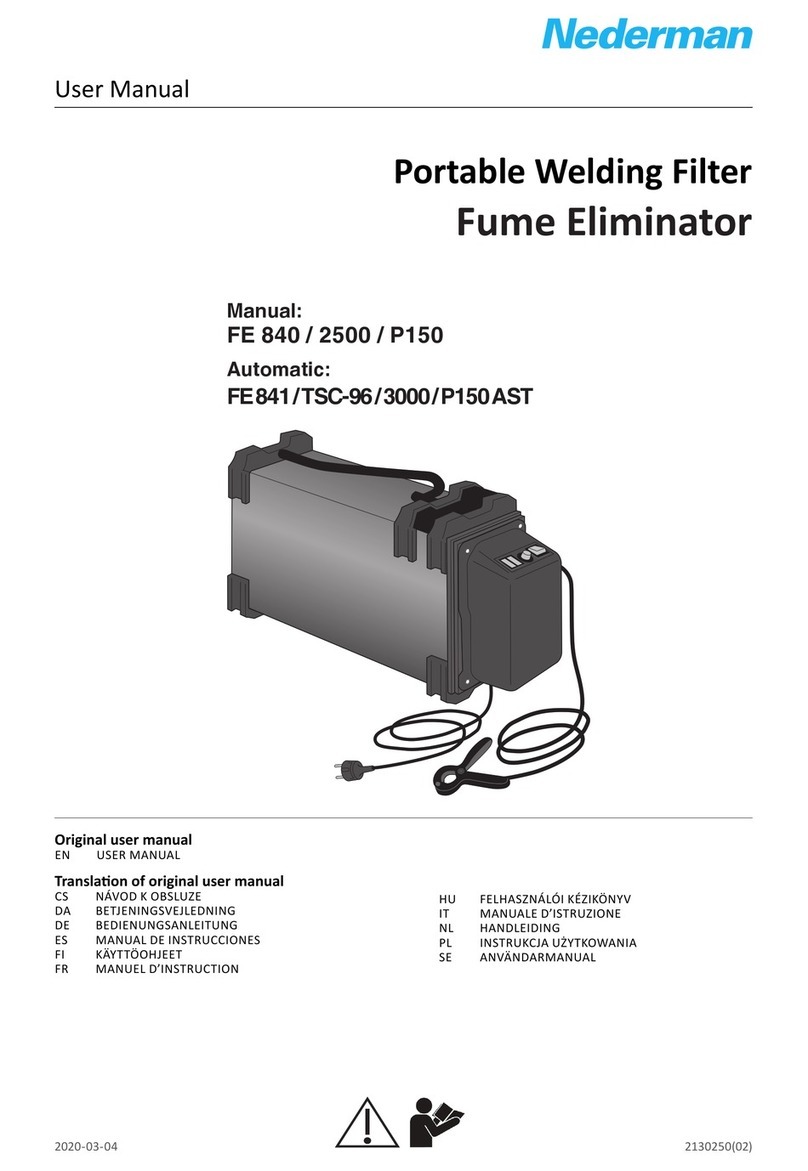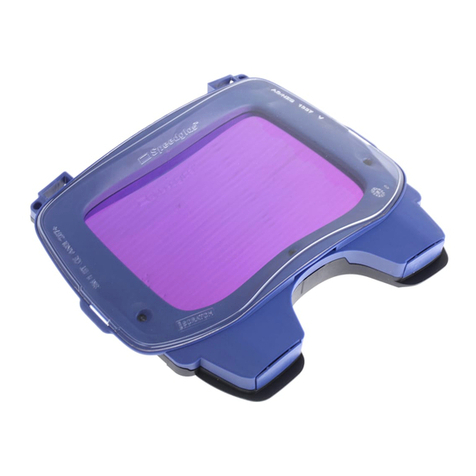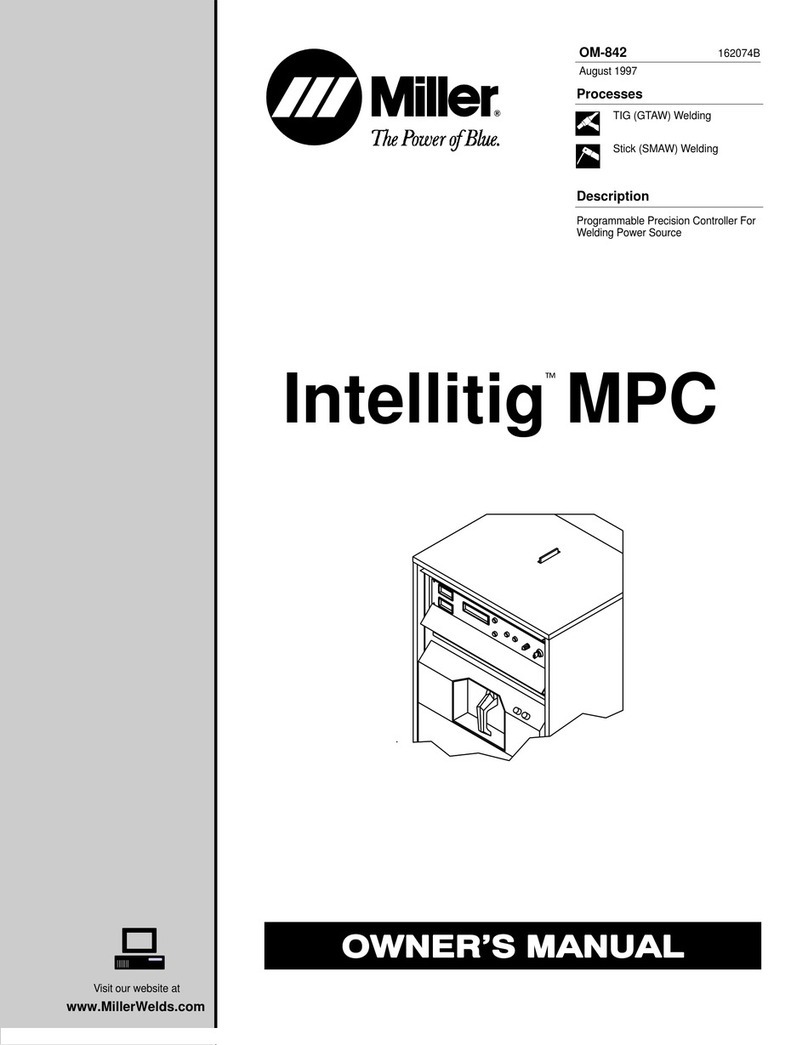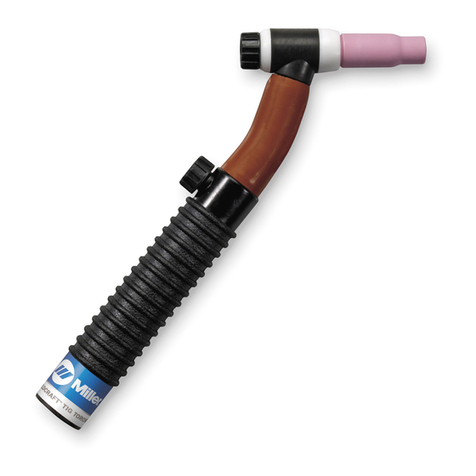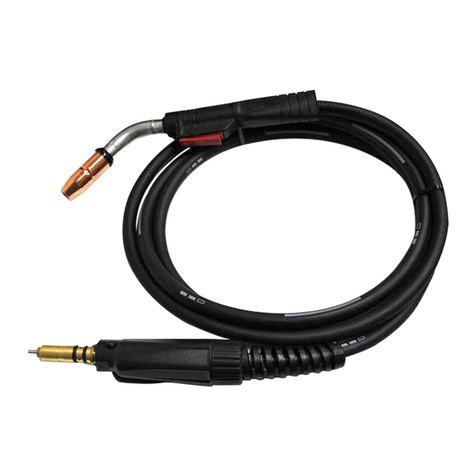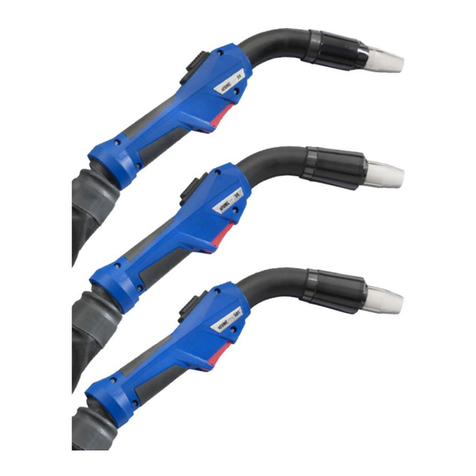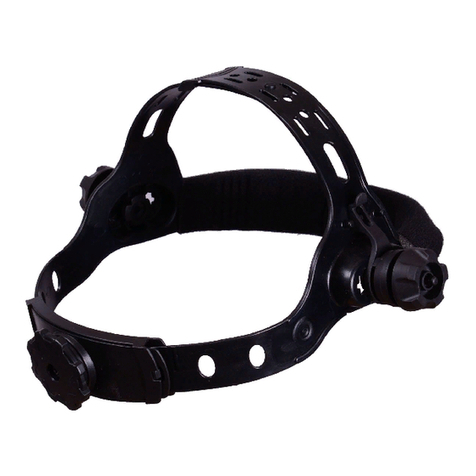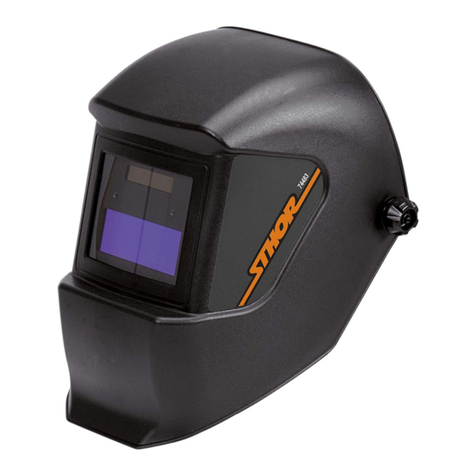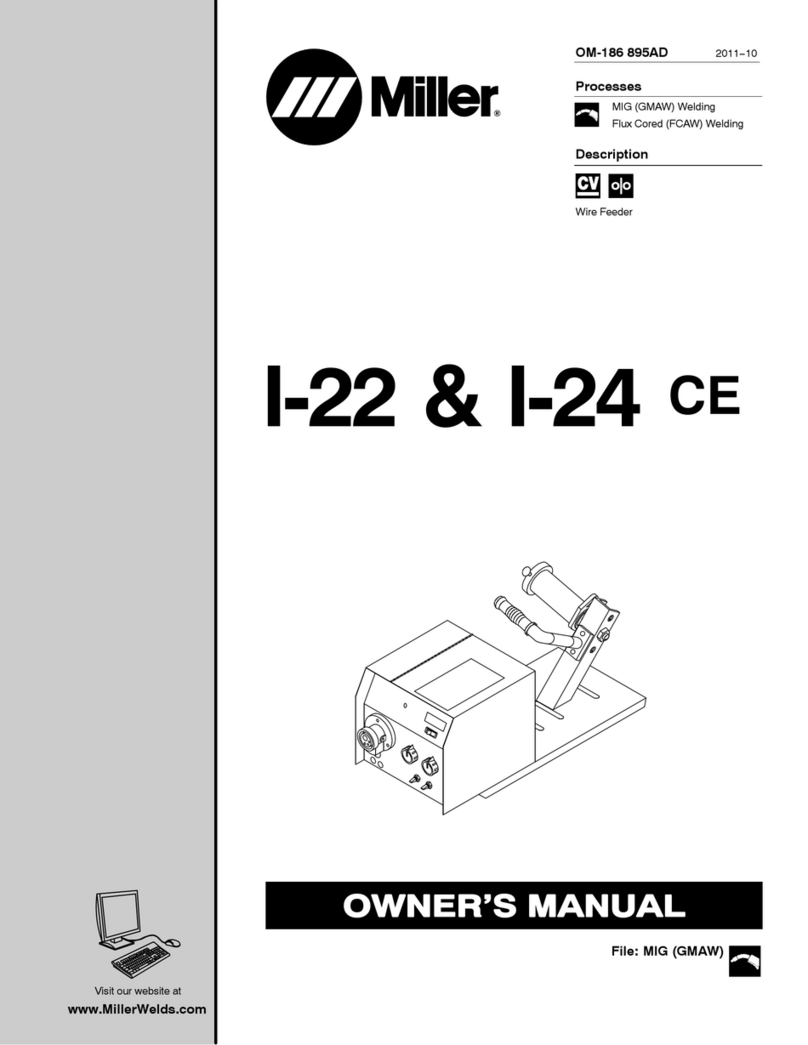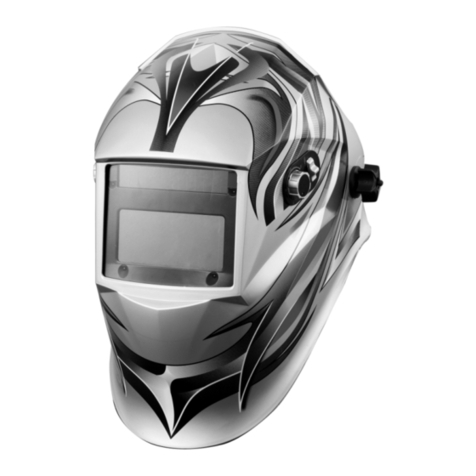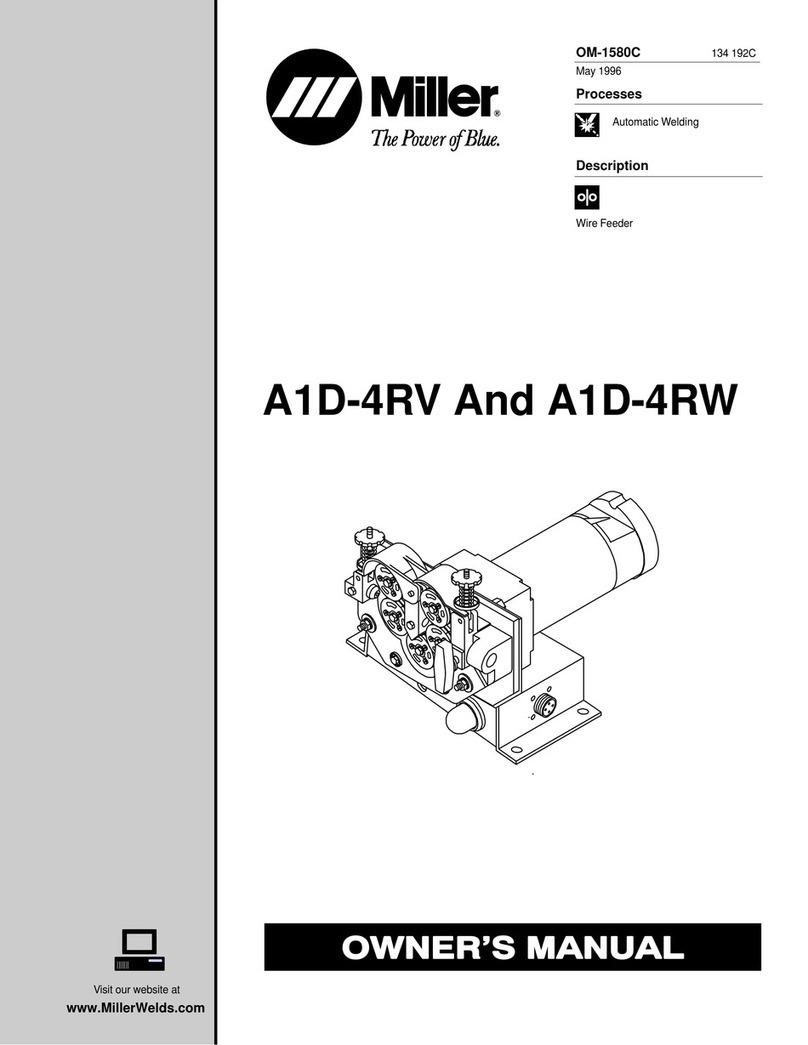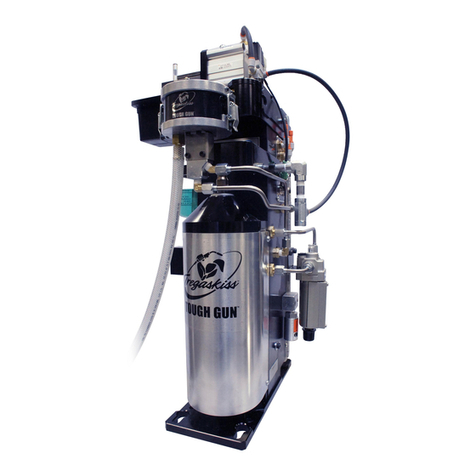
Classe optique
Schutzstufentabelle EN169
Shade level chart EN169
Tableau des niveaux de protection EN169
Tabella dei livelli di protezione EN169
Process 1.5
6
10 15 30 40 60 70 100
125
150 175
200
225 250
300
350 400
450 500
600
8910 11 12 13 14
Fe
910 11 12 13 14
Al
10 11 12 13 14
8910 11 12 13
CO
89
10 11 12 13
9
11
12 13
456789
10 11 12
angebrachte Kennzeichnung bedeutet:
indicates:
I
protezione per saldatore contiene i
seguenti dati:
2.5
/
8-12
OS / 1 / 1 / 1 / 2 EN379 CE
2.5
/
8-12
OS / 1 / 1 / 1 / 2 EN379
CE
2.5 / 8-12 OS / 1 / 1 / 1 / 2 EN379 CE 2.5 / 8-12 OS / 1 / 1 / 1 / 2 EN3 79 CE
Kennzeichnung
Helmschale:
Marking helmet shell:
Marquages
masque
:
Marcaggi
maschera:
OS
175
B
CE
OS
175
B
CE
OS
175
B
CE
OS
175
B
CE
Kennzeichnung
Vorsatzscheibe
(EN166):
Marking
safety
cover
plate
(EN166):
Marquages Marcaggi
écran
de
protection
extérieur
(EN166)
vetro di protezione esterno (EN166):
OS
1
B
CE
OS
1
B
CE
OS
1
B
CE
OS
1
B
CE
Kennzeichnung
Innere
Schutztscheibe
(EN166):
Marking
inside
cover
lens
(EN166):
Marquages Marcaggi
écran de protection interieur (EN166)
vetro di protezione interno(EN166):
OS
F
CE
OS
F
CE
OS
F
CE
OS
F
CE
Hersteller
Niedrige Stossenergie
Optische Klasse
der Norm
Hersteller
Optische Klasse
Homogenität
Blickwinkelabhängigkeit
Nummer der Norm
Light
shade
Optical class
Manufacturer
of the standard
Manufacturer
Optical Class
Homogeneity
dependence
de protection à l' état clair
Échelon de protection à l' état foncé
Classe ottica
della
norma
di protezione in stato chiaro
Grado di protezione in stato scuro
dipendenza
